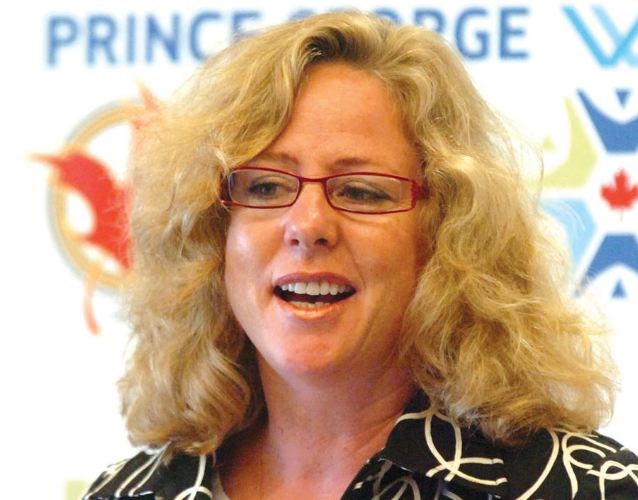Making the smallest environmental footprint possible is one of the goals of the 2015 Canada Winter Games, and now the organizers have pledged to do more in the name of sustainability.
For the first time in major sporting event history in Canada, Prince George's edition of the Canada Winter Games will also focus on economic development, social development, and maximizing shared objectives, making for four pillars they will be marked on by both the Canadian Standards Association (CSA) and the International Standardization Organization (ISO).
This broader definition of "sustainability" applies to how an event leaves behind a legacy. Instead of just being satisfied that a community gets upgraded facilities and more experienced officials after hosting a major sporting event, the CSA and ISO models also measure how the host community try to do the best job of strategic hiring, buying goods and services, training staff and volunteers, measuring and minimizing everything from energy use and to the amount of garbage that's created and so on.
A sustainability protocol was signed on Tuesday by top Games officials as a pledge to meet the onerous CSA and ISO objectives to leave a minimal environmental mark and maximum social mark on Prince George through the day-to-day operations of the Games.
Helping Games officials reach these high marks is the main author of the standards themselves. Ann Duffy was the corporate sustainability officer for the 2010 Winter Olympic Games in her hometown of Vancouver. She has been an advisor to Olympics organizers for London 2012 and Russia 2014, the 2020 Olympic bid made by Istanbul, the successful Pan American Games bid by Toronto. Her work over the years has, in may ways, led to the foundational concepts the CSA and ISO now measures. Her blueprint is now being followed by the Prince George contingent and more than that, they get Duffy in person as well.
"There is a lot of talent in Prince George, on the organizing committee, in the provincial government, in the City of Prince George. Because this has been done before in other places, there is now a map to follow over the life cycle of an event, so they can work with that confidently and I can act as an advisor. I'm like a coach for them on this aspect of the Games in Prince George," she said.
Helping matters was some work already done at the municipal government level. The MyPG process that obtained input from residents about what the city's priorities should be was a pool of data the sustainability process could directly plug into.
"MyPG is very much embedded in all we do," said mayor Shari Green. "City staff live and breathe the MyPG document in all they do here, and now we see another important use of it."
Games CEO Stuart Ballantyne said the sustainability goals did two main things: maximize benefits but also minimize problems and negative effects. The more focus organizers put on hitting these ISO and CSA targets, the better off Prince George was going to be following the event but also, pass that knowledge on to any other community wishing to learn from the Prince George experience. The Pan Am Games in Toronto also happen in 2015 and are pledged to meeting these same standards, but, said Ballantyne, "we are the first large sporting event in Canada to adopt this framework."
"It's always fun to be first, but it is even better to be able to pass on those best practices and constantly see the bar raised because of what you did," said Duffy. "We are going to be accountable to this. There will be regular reporting on this so everyone can see how we are doing along the way."


